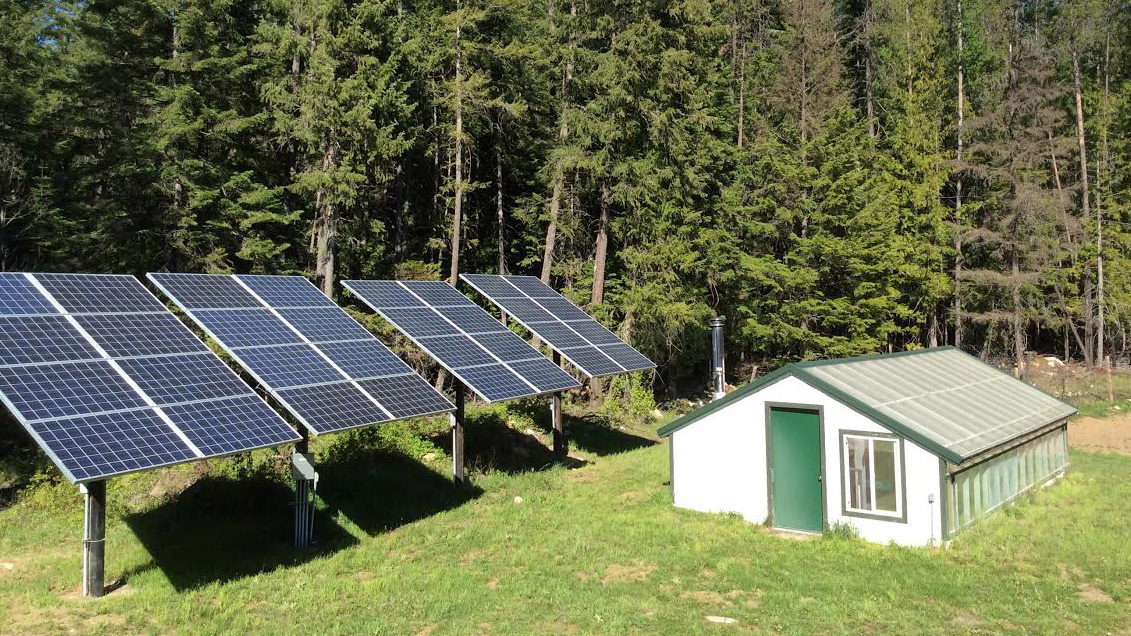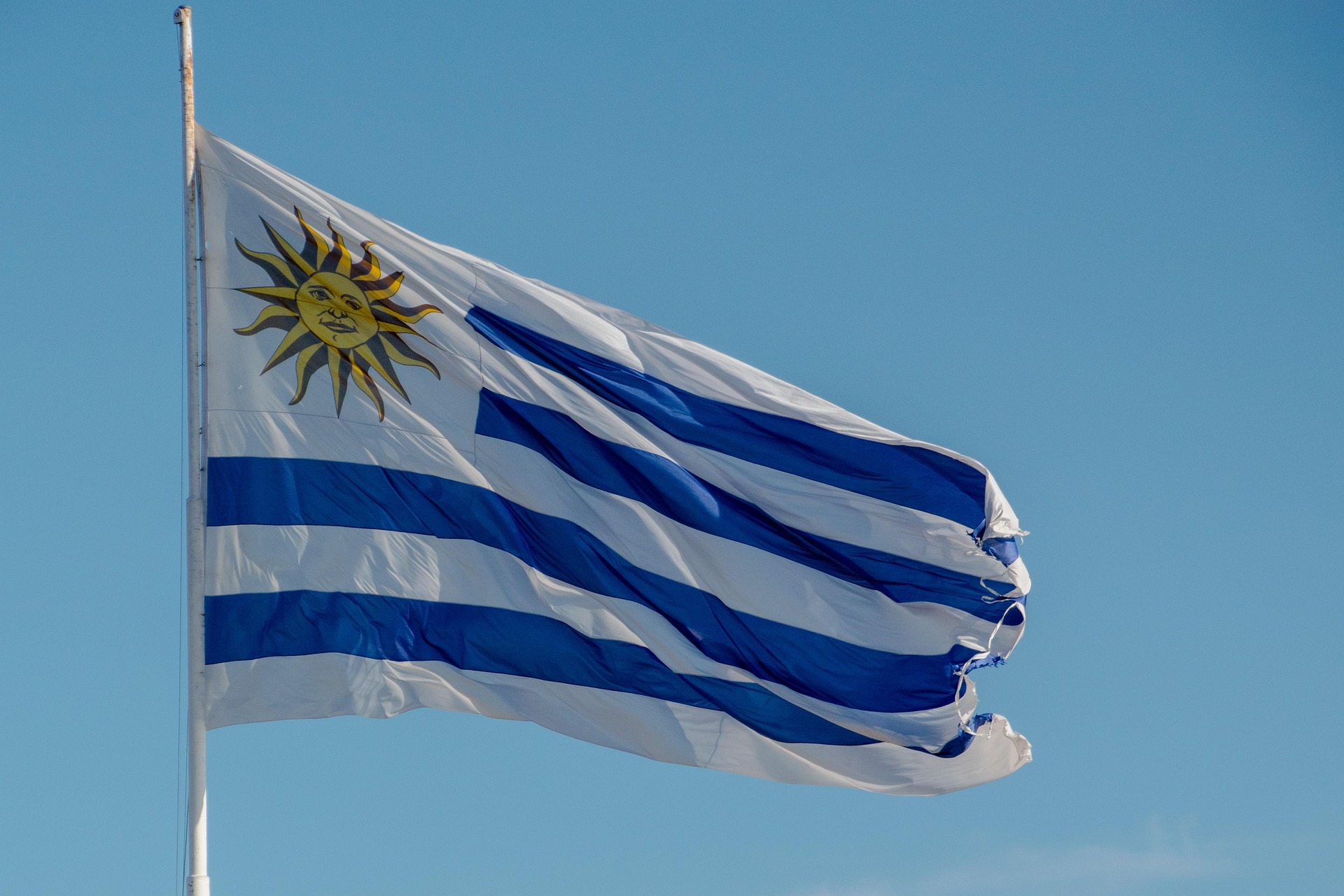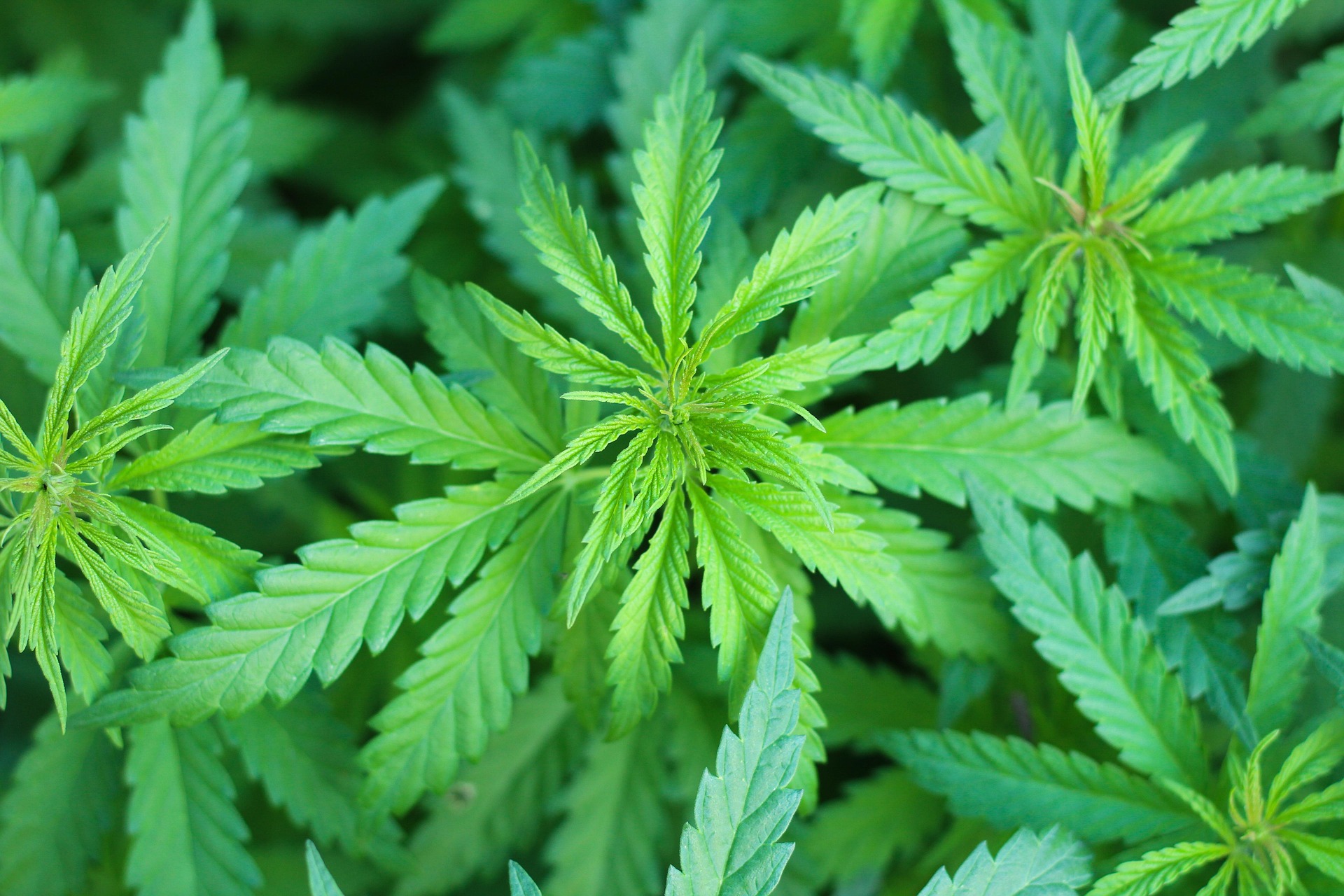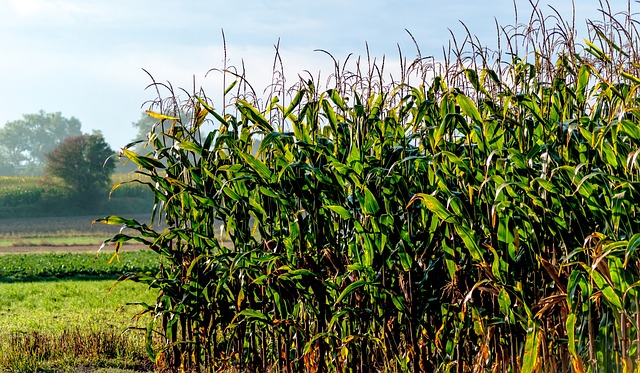This is one topic that rarely gets any attention in the preparedness community, and I want to break it down all the way from the “prepper stigma” to the arguments and counterpoints we can make when confronted with the “tinfoil hat” comments by non-preppers in our lives.
The act of preparing for an emergency is almost universally portrayed in popular culture as a solitary, dramatic, and often paranoid pursuit. Hollywood tends to show only the aftermath, illustrating the lone survivor who only needs their preps, but the reality of the emotional and social journey toward self-sufficiency is frequently ignored.
While preparedness can offer immense psychological benefit by converting generalized anxiety into tangible action, the path to this state of quiet confidence is frequently fraught with significant mental and social challenges. Anyone who commits to self-sufficiency must not only manage their stockpiles of supplies but also navigate the real social cost and the psychological pitfalls that come with this lifestyle that is often labeled as “fringe”.
One of the most immediate challenges for the prepared individual is the social toll it takes, often stemming from the pervasive fear of being seen as “that guy”; the overly paranoid, alarmist, or extreme member of your social circle. Having discussions about extensive preparations with people in your social circles highlights a significant difference in priorities and worldviews, which can quickly lead to a sense of disconnect or alienation among friends and family. This social friction is often rooted in misunderstood motives; people who do not share a prepper’s mindset see preparation as paranoia or an unhealthy fixation, leading to ridicule and a feeling of being judged.
This alienation can be compounded by two internal struggles. First, we as preppers may develop a “liability” mindset, subconsciously viewing non-preppers as potential burdens to us in a crisis, which erodes trust and makes forming new, meaningful social connections difficult outside of the dedicated prepping community. Second, to avoid overt judgment, many preppers resort to the social cost of secrecy. This choice, while protective against ridicule, leads to a profound sense of loneliness and a lack of authentic connection, as they cannot be their full selves around those closest to them. This heightened sensitivity to social rejection is so profound that it aligns with a psychological concept known as Rejection Sensitive Dysphoria (RSD, coined by psychiatrist William Dodson) which drives many individuals to avoid honesty to prevent emotional distress or ostracism, even when recommending something as simple as a podcast about preparedness.
The mindset of preparedness presents a dual-edged psychological reality; while the proactive nature of prepping can be a powerful management tool by reducing generalized anxiety and taking tangible control over variables, the anxiety that initiates preparation can become a major burden.
This is often seen in fear-driven behavior, where the drive to prepare becomes a compulsion, fueled by a constant preoccupation with potential disasters. This creates a cycle of perpetual anxiety where one is never “ready enough,” leading to constant threat monitoring or obsessive planning for highly improbable scenarios. Closely related is the pursuit of perfection, where the desire to be flawlessly prepared can lead to financial strain, burnout, and prep lists that cause more stress than relief.
Ultimately, when the mind is always focused on a potential future crisis, it leads to a loss of the present moment, overshadowing relationships, work, and personal hobbies with a constant sense of dread and preventing full engagement in day-to-day life. Avoiding these pitfalls requires a conscious effort to ensure that preparedness remains a tool for peace of mind, not a source of constant compulsion.
Successfully navigating these issues requires strategic engagement with both one’s preps and one’s social circles. When communicating with the inner circle (spouses, children, and parents) the key is to avoid fear-mongering and frame preparation simply as insurance or a responsible chore, like changing the tires on your car before they become a hazard.
For the outer circle (friends and acquaintances) a pure risk assessment is necessary; disclosing extensive preps can make you a target when crisis hits, bringing a line of people to your front door whom you didn’t plan for.
Instead of trying to convert the entire world, the focus should be on building a tribe; a small, dedicated group with complementary skills. This means subtly vetting people based on their capacity for self-sufficiency, perhaps by asking what they would do in a blackout.
The goal is to prioritize the valuable assets of people in your outer circles, like your retired plumber friend, a master gardener at work, or an EMT neighbor down the street over someone who could be a parasite in an SHTF scenario. Think of it as a business partnership where everyone brings a different skillset to the table.
When a prepared individual is inevitably “busted” and confronted with the “you’re crazy” acusations, having an effective counter is essential to pivot the conversation from paranoia to logic.
A handful of comebacks can mitigate the tension: the Turn it Around Comeback (“I’d rather be a crazy prepper than a panicked victim”); the Dark Humor Comeback (“I’d rather be crazy now than hungry later”); or the quiet confidence of the Pragmatic Comeback (“I hope you’re right and I’m wrong. But if I’m right, I won’t have to be worried about it.”).
However, the most effective response is the Insurance Policy Argument. This frames preparedness as mitigating risk for common, everyday events, not just major disasters. Just as one buys car insurance not because they want a wreck, but because they understand the financial ruin a wreck could cause, a food stockpile or a first-aid kit is a buffer against a potential bad day. I’ve found this analogy resonates with people because it highlights a simple truth: it’s about prevention and personal safety.
The personal responsibility argument solidifies this stance, highlighting that preparation is a proactive step toward self-sufficiency and peace of mind. As a retort, the statement, “I don’t expect the government to save me,” highlights a core principle of preparedness; a focus on personal capability rather than reliance on external systems that can fail.
This stance is only strengthened by history, which is filled with real-world examples of systemic failures that underscore the limits of large-scale, bureaucratic systems in the face of chaos. These failures move the conversation away from the improbable to the pragmatic. We can point to these real-world examples and explain to our non-prepper friends that FEMA isn’t always coming to save them. These three are always on my “government response highlight reel”:
Hurricane Katrina (2005): This event illustrated a complete failure of emergency response. Victims were left for days on rooftops and in floodwaters due to delayed evacuation and the failure to use city buses. Federal agencies were criticized for a slow, disorganized response, often turning away private relief efforts, like trucks with water, due to bureaucratic red tape, leading to a breakdown of law and order.
The 2003 European Heatwave: This less-known but equally tragic example of slow-moving disaster response saw an estimated 15,000 heat-related deaths in France. The government was slow to acknowledge the severity of the situation, failing to issue public health warnings and mobilize resources until the crisis was already peaking.
The 2010 Haiti Earthquake: When the country’s infrastructure was destroyed, the government’s ability to respond became nonexistent. This led to a chaotic and inefficient international relief effort where logistical bottlenecks at airports delayed life-saving supplies, and the absence of a central authority led to a complete breakdown of trust in the system.
These are not isolated incidents; they are systemic breakdowns that prove an insurance policy against the mundane and the catastrophic is a necessity. By pointing out these kinds of factual, historical examples of when “prepping” could have saved lives, we look less tinfoil-hatty, and more like pragmatic experts in personal preservation.
In the end, preparedness is not about hoping for a societal collapse; it’s about building a shield against common, everyday misfortunes like a job loss, a regional power outage, or a severe storm. By framing your preparedness mindset to outsiders as an insurance policy and a buffer against the unexpected, the prepared individual is not seen as a doomsday fanatic, but as a prudent and responsible person. We as preppers are simply choosing to take control of the variables we can, ensuring we are not left to the mercy of those we cannot. Whether it’s a small fire that can become catastrophic in seconds, or a global catastrophe like the potential modern-day impact of a Carrington Event.
Note: This was written by A.C. and based on the research done for Episode 47 of the Stakeholder Prepping Podcast.
Previous Post
Economics & Investing For Preppers







